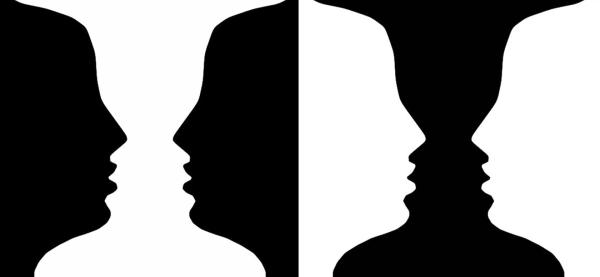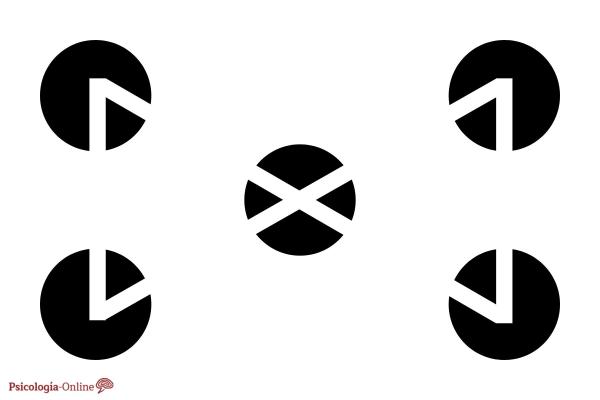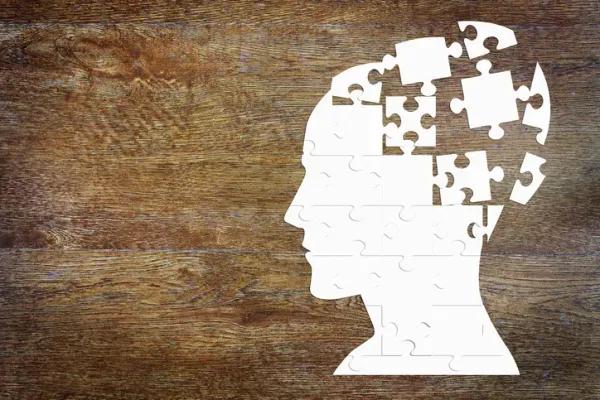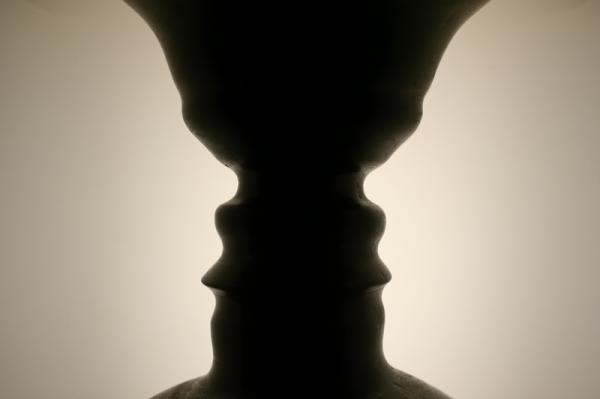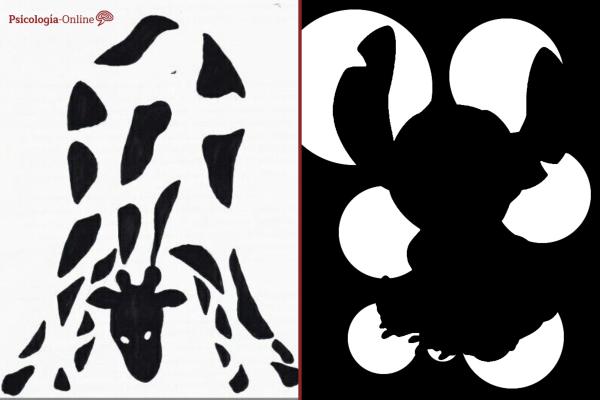If you have stopped to look at an advertising advertisement on public roads, you will have noticed that the logo usually has characteristics that make it attractive. This is understandable, since the objective is for the consumer to be intrigued to learn in more detail what the product offered is about. To do this, both the colors and the shapes and figures must produce an impact on whoever observes the material.
Those in charge of the design of these images know the personal aspects that come into play when making a purchase and/or remembering a product. Furthermore, these same qualities are replicated in other areas of daily life. In this sense, the mind is capable of interpreting facts according to each person’s perception. Precisely, there is an area of psychology that is responsible for the study of these mental processes to understand the human being in various dimensions. In this PsychologyFor article we will talk about What is the Gestalt law of continuity and examples
What is the Gestalt law of continuity
The Gestalt law of continuity postulates that a form can be perceived from a greater continuity In other words, any shape that is visible can be perceived if linearity exists. When a visual stimulus is presented, the mind has the tendency to interpret it having as a starting point a complete form of what appears.
If the object is incomplete in its form, the law of continuity allows it to be completed, since the pre-established format could be continued. It should be noted that the sociocultural context under which a person has been formed plays a transcendental role in perception of external stimuli. In other words, it is not possible to understand shapes and figures that have not been seen before.
If you are interested in discovering more about how we perceive the world, in this article you will find information about the types of perception that exist in psychology.
How the Gestalt law of continuity is used
In general terms, it should be taken into account that the law of continuity is governed according to some basic principles. Without them, its use in various areas of application would not be possible. Next, we will address how the Gestalt law of continuity is used:
- Directionality: each shape and/or element must have a specific direction so that the brain can interpret it correctly. If we take as an example the image of a car that has the front part on the right side of the image, directionality is related to the fact that each aspect that appears in the figure points towards a common side. Otherwise, the form would be confusing.
- Grouping: consists of the mind tending to group elements that appear disconnected from each other to achieve greater harmony within the image. This causes all the figures that can be within the same image to be seen as a whole instead of being perceived as separate parts.
Beyond these considerations, Gestalt psychology usually encompasses the study of forms as a total unit rather than the sum of the parts. Other laws intervene here such as figure and background, closure, simplicity, similarity, proximity, symmetry, pregnancy or good form, among others.
Examples of the Gestalt law of continuity
In order to provide greater clarity about the Gestalt law of continuity, it is interesting to clarify what has been explained so far through some everyday situations in which this principle is applied. In the following items, we will describe some examples of the Gestalt law of continuity:
- Brand advertising: If the logo of some advertising brands is observed in detail, it is possible to see that some shapes appear incomplete. However, this is not a mistake by graphic designers, but rather a marketing strategy to attract more customers in the market. An example of this quality is presented by the Adobe brand logo, which has the letter A incompletely. Through the Gestalt law of continuity in advertising, the brain usually continues the non-visible lines to complete the figure.
- Art: The artistic field is another means of expression in which aspects of this principle are expressed. Some drawings and/or paintings are made taking into account the Gestalt law of continuity, since there is a tendency to fill empty spaces. If a panda is observed with crooked fingers, the grouping and directionality inherent in this norm will cause the person to form the idea that the missing elements could be present.
This article is merely informative, at PsychologyFor we do not have the power to make a diagnosis or recommend a treatment. We invite you to go to a psychologist to treat your particular case.
If you want to read more articles similar to What is the Gestalt law of continuity and examples we recommend that you enter our Cognitive Psychology category.
Bibliography
- López Ortiz, RH (2016). Analysis of the Gestalt laws and their application in teaching materials for early education children II. Faculty of Administrative and Accounting Sciences, School of Graphic Design. Pontifical Catholic University of Ecuador.
- Oviedo, GL (2004). The definition of the concept of perception in psychology based on Gestalt theory. Magazine of Social Studies, 18 (1), 89-96.




